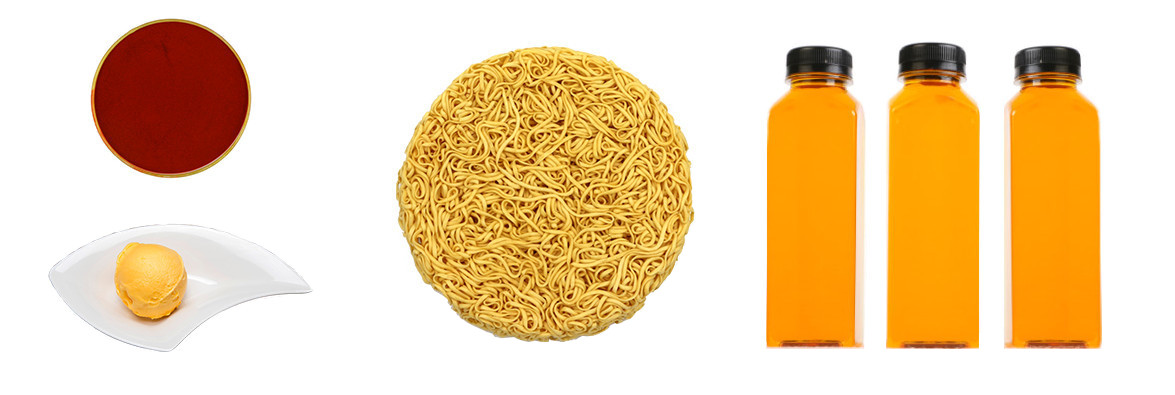The Vibrant Role of Annatto Food Coloring in Ice Cream
Annatto, a natural food coloring derived from the seeds of the achiote tree, plays a significant role in the visual appeal of various food products. Among its many uses, one of the most popular is in coloring ice cream, lending it a warm, creamy hue that enhances both aesthetic appeal and perceived flavor. This natural colorant has been used for centuries in different cultures and continues to be a preferred choice in the modern food industry due to its safety, versatility, and consumer appeal.
Ice cream, a beloved dessert enjoyed across the globe, often relies on color to entice consumers and evoke specific flavors. The color of ice cream can suggest freshness, richness, and even flavor intensity. While synthetic dyes have long been used to achieve vivid colors, there is a growing trend toward natural alternatives, driven by health-conscious consumers and clean-label preferences. This is where annatto food coloring comes into play. With its golden-yellow to orange-red spectrum, annatto offers a natural way to color ice cream without compromising quality or safety.
The coloring properties of annatto come primarily from two carotenoid pigments: bixin and norbixin. Bixin is oil-soluble, making it suitable for fat-rich products like butter and cheese, while norbixin is water-soluble and more appropriate for ice cream and other dairy-based desserts. Depending on the desired shade and formulation, manufacturers can choose the appropriate extract to ensure consistency and visual appeal.
In ice cream production, annatto is commonly used to enhance or standardize the color of vanilla and other creamy flavors. For instance, some premium vanilla ice creams are slightly yellow or golden, a look that is often attributed to the use of real cream and egg yolks. However, to maintain a consistent appearance across batches or to create a more visually enticing product, annatto is added. This not only creates a uniform product line but also reinforces consumer expectations regarding flavor and quality.
Beyond aesthetics, the use of natural food coloring like annatto aligns with broader consumer trends toward transparency and natural ingredients. Shoppers increasingly scrutinize ingredient labels, seeking products free from artificial additives. Annatto's presence on a label is often seen as a positive, particularly in organic and natural food markets. This shift has encouraged many ice cream brands to reformulate their products, replacing synthetic dyes with plant-based colorants such as annatto.

From a production standpoint, annatto is a stable and reliable coloring agent. It maintains its vibrancy during freezing and storage, and it doesn't typically alter the taste or texture of ice cream. This makes it an ideal choice for manufacturers who want to achieve natural coloring without complicating their recipes. Additionally, annatto is relatively easy to work with, available in various forms including liquid, powder, and paste, which allows for flexibility in manufacturing processes.
Despite its many benefits, it's worth noting that annatto, like any food ingredient, can cause allergic reactions in a small percentage of people. However, these instances are rare, and the compound is generally recognized as safe by food regulatory agencies around the world, including the FDA and EFSA. This further cements its status as a go-to natural colorant in the ice cream industry.
In conclusion, annatto plays a crucial role in the coloration of Ice Cream Colour, providing a natural, safe, and effective alternative to synthetic dyes. Its ability to deliver consistent, appealing colors makes it a staple in the production of high-quality frozen desserts. As consumers continue to demand cleaner labels and natural ingredients, annatto’s prominence in the ice cream world is likely to grow, reinforcing the connection between color, quality, and consumer satisfaction.


Comments
Post a Comment